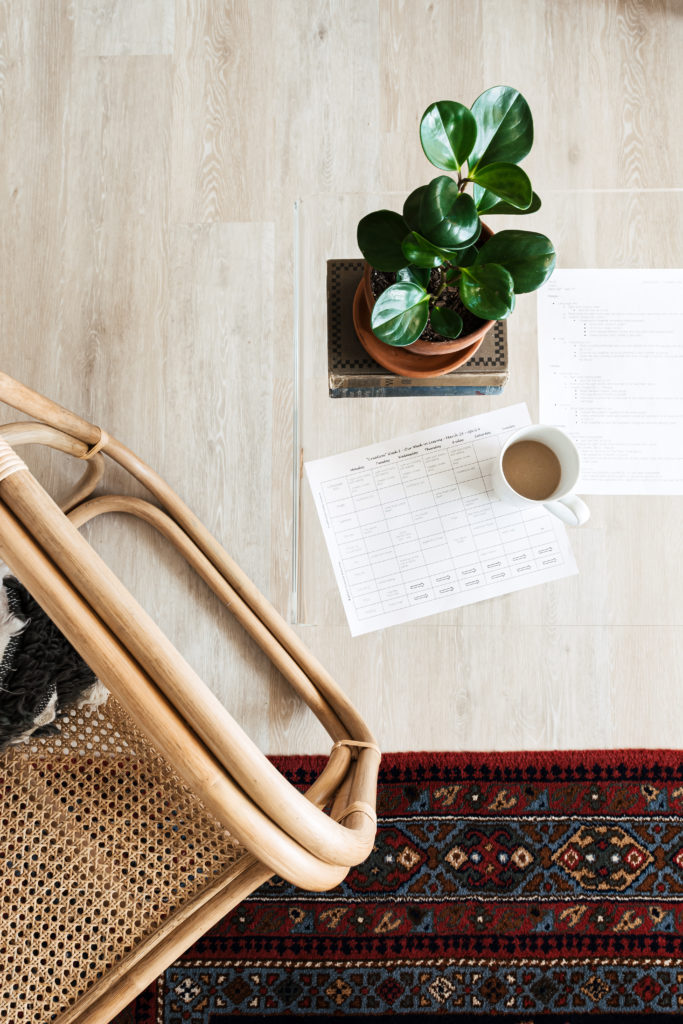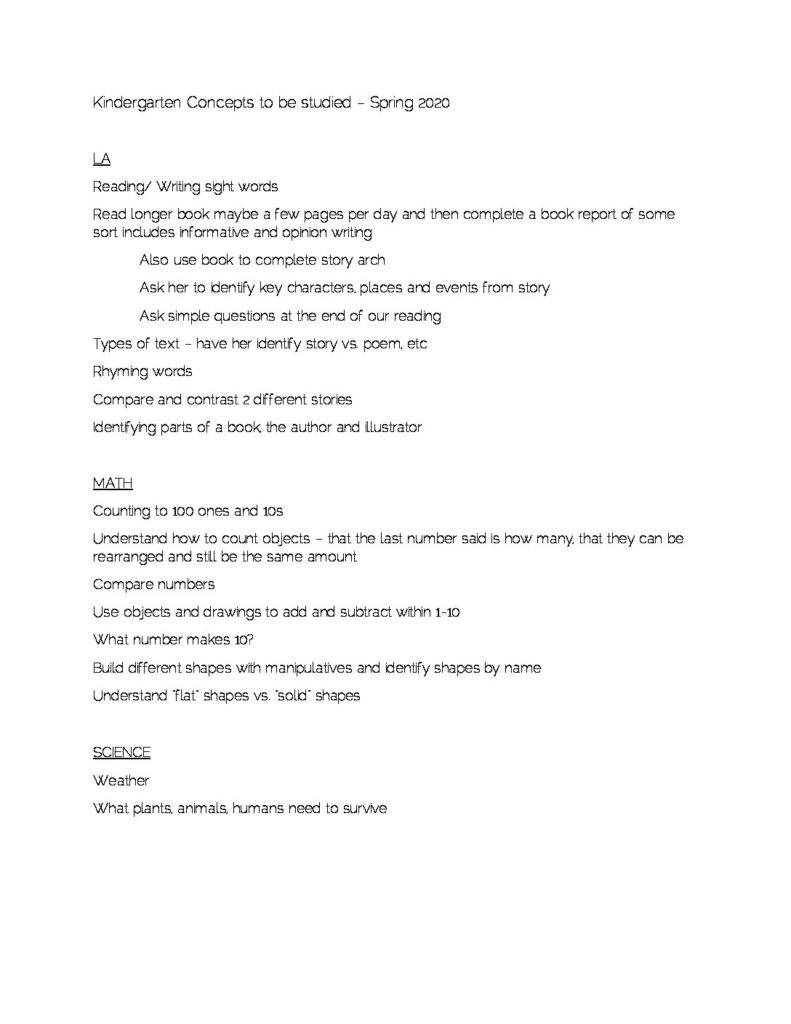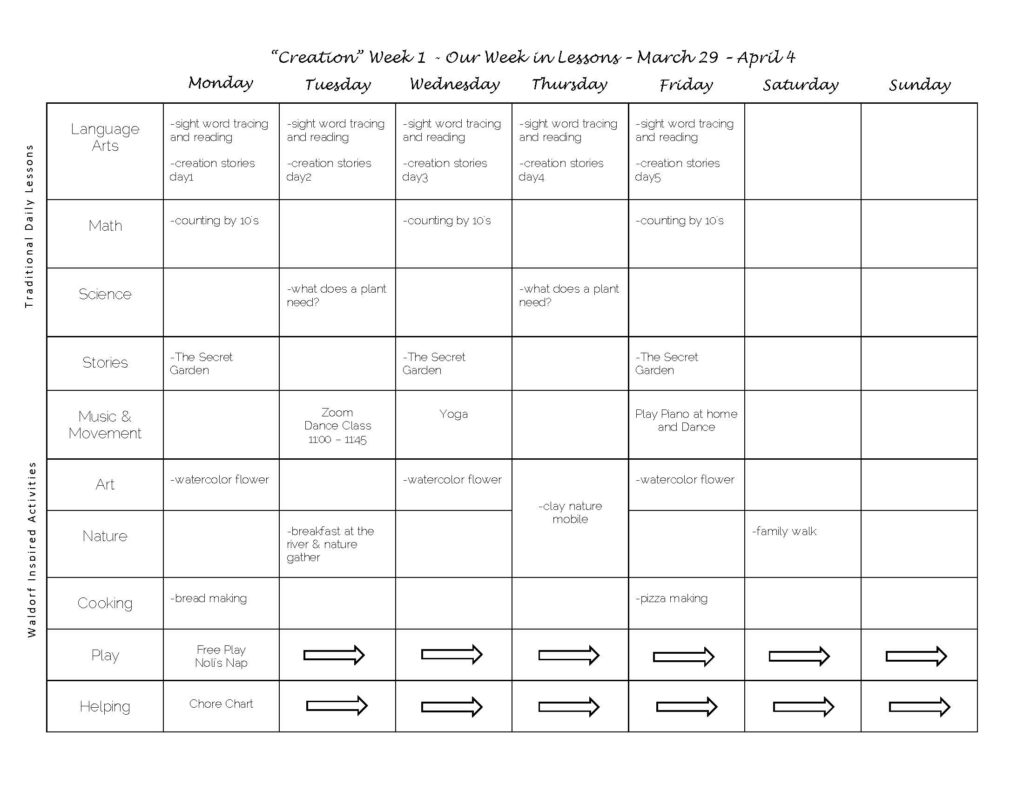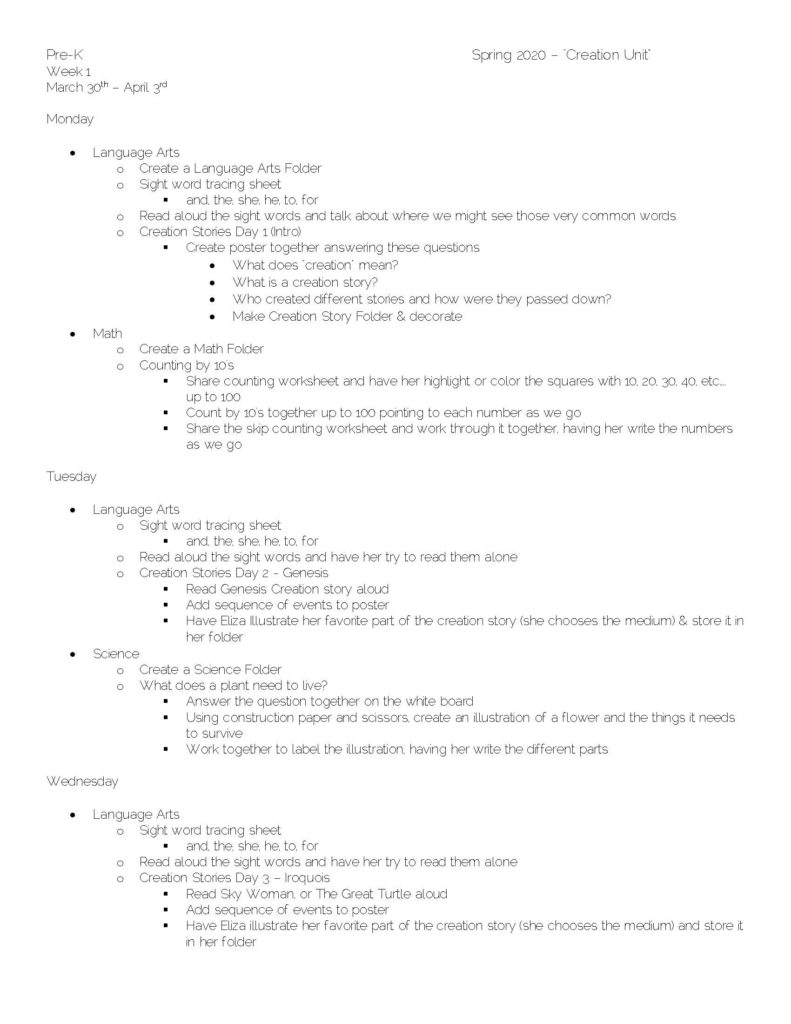
Lesson planning dropbox linked here
It is April fools day today, but being confined to our homes is no joke. Between being sick, which then led into the stay at home orders in Washington State, the girls and I haven’t actually left the house in two and a half weeks. I am thrilled to be going out to pick up groceries later this afternoon. I was talking to my mom yesterday and as strange and stressful as this all can seem, she was saying that it is all in the way we frame it for ourselves. We are lucky to get to be together and spend this uninterrupted time getting reacquainted and truly prioritizing. We have been forced to do the things that have been circling in the back of our minds for who knows how long. The shoulds of slowing down, being with the ones we love, being present in the now, hopefully turning to the better angels of our nature in order to help those who are in need. I just pray that we can weather this pain and suffering and come out on the other end, wiser and softer. I really hope it is possible.
This whole ordeal for us has meant re-establishing old routines. For a couple of years, before Eliza started pre-k this last fall, we did pre-school at home together. I started out that first year with a bang, wanting to treat home schooling as if I were back in my classroom. The pace didn’t work well. You see, home schooling, I learned, has to have its own rhythm, its own flow in order to really work. Home isn’t a traditional classroom but it can be the most wonderful place for education if you allow it to be. Once I decided that my super structured approach wouldn’t work amidst the baby crying and the laundry buzzers, I started researching Waldorf education. I was drawn to so many aspects of the theory; the slower pace, the connection with nature, the emphasis on art and music. I could definitely see it being incorporated into our daily lives. I just loved the idea that daily life is already educational, and that with intention, every little task, every little conversation or moment of play through out the day could be finessed into an educational opportunity. The whole idea gives so much credence to the value of creating a home and the impact that parents and families can have on education.
What I finally landed on, was a hybrid approach that combined my own degrees in education and love of curriculum, with the intentionality and flexibility of the Waldorf approach. Even when Eliza started Pre-K three days a week, we continued to utilize this model on our two days at home. It has really been a wonderful help to keep us focused and to keep me feeling like I have an intentional part in her gaining knowledge.
Over the next few months, I am picking up where her teacher left off, and preparing her for kindergarten. I want to share with you, the steps that I have taken to help this all run as smoothly as possible and also the more specific curriculum I am creating and weaving throughout our days. All of the resources and documents I have created for this I have put into a dropbox folder that is linked here. I will be updating it weekly so that, if you are so inclined, you can follow along with your own family.
Creating a Daily Rhythm
A daily rhythm is so important to creating an environment where homeschooling is possible. It is also so incredibly helpful for all of us to have a schedule and some structure that makes certain that we are out of bed, dressed and having a productive and positive day. Quarantine is not so much different than being a mom with small kids at home, and I have used these rhythms to keep me sane, or close to is, for much of the last five years. Ours daily rhythm can be found in the dropbox and below, but the gist of it is that we start our day with the more traditional school lessons right after breakfast, which take anywhere from an hour to two hours, and then the rest of the day is broken up into chunks of time that would be more akin to the Waldorf method and allow for me to actually get things like laundry, and office work completed. Things like music and movement, nature, art, etc; all of which can be incorporated into the things we are already doing at home are peppered throughout our daily schedule.

What to Teach
The second thing I did was look at the kindergarten standards that I wanted to be teaching Eliza. I am using common core standards as a starting place for the skills that I am teaching her, so that I am making sure that she is going to be ready when fall rolls around. Very often I hear people complaining about common core and I think there is so much misinformation out there. I am not going to get into the meat of the issues but I will say, as someone who has studied them, dissected them, and extensively used them, yes they are rigorous, no they do not tell you what content to teach. If there is some book, poem, scientific theory, that I want to share with Eliza, I share it with her and just make sure that embedded in that content are the skills that she is supposed to be learning. Hopefully that helps to clarify. Also, I will say that my two year old is also doing this stuff with us. I just modify things for her to keep her interested. I help her with the cutting, or give her larger things to trace. She seems to be really enjoying it. If worst comes to worst, I just give her blocks and have her play while we are going through the lessons. These are the kindergarten skills that we are going to be working on. (You can also find this document in the dropbox.)

Our Week in Lessons
This chart, along with our daily rhythm, keeps our days running smoothly and keeps me from using the tv as a babysitter. First I come up with an overall theme for the unit we are working on. This spring I have decided on “Creation” because, well it is spring when everything is coming alive and I knew that I could carry that theme across subject matters and into our daily lives. We are also in the middle of reading “The Secret Garden” so the theme fit that as well. I then use the chart to fill in our daily activities. I can look at any day of the week and know what things I have planned for the girls and then glance at our daily rhythm to see how they fit into our day. It is also broken up into our traditional lessons and our Waldorf inspired activities. This is an example of one that I have filled out for this week. In the dropbox will be our examples as well as a blank one that you can save and fill in for your family.

Lesson Plans
Finally, I create more detailed lesson plans for each day’s traditional lessons. These tell me, step by step, what I am having Eliza do, what print outs I need, what readings I need, etc. That way, when we sit down each morning, everything is ready to go and I don’t lose anyone’s attention. As far as materials go, we keep it pretty simple. We use folders for each subject, some printable worksheets that I create, basic art supplies, and a white board or poster paper.


Now that I am writing this all down, it seems like so much! I know that it can be daunting to think about doing all of this and just know that if your setup doesn’t look like this, that is ok. Kids learn so much just from having conversations with their parents, from sorting laundry or from making their own impromptu art. This is just what works for us and I wanted to be able to share all of these resources if they could potentially be helpful to anyone during this time when parents are being expected to do so much.
How to Get Started
This is where I would go from here:
- Create a daily rhythm – look over ours and change it up with what works for your family. Figure out where you can most comfortably and intentionally devote an hour or two to schooling.
- Make sure you know what you are teaching – I have included the kindergarten standards that I am using but you can google other grades as well.
- Map out your week using the “Our Week in Lessons” – the lessons I have created might work perfectly for your 4 or 5 year old, or they might need a bit of tweaking. I will include a separate folder in the drop box that includes some lessons and printables that I created in years past, so if your child is a bit younger you may be able to pull from that as well.
- Detail your daily lessons for one week – again, the lessons plans that are in the dropbox might be perfect of they may need some tweaking for your little one, but once you get the hang of the general outline, it goes very quickly.
Once you have done this, it is just a matter of filling in the weekly overview and the daily lessons once a week. Much more manageable. I hope this has all been helpful in some way for someone! I will try to have middle school content and a bit of an explanation of that up tomorrow or Friday.
Again, here is the dropbox link where you can find all of these resources.
Stay home and stay safe! MEB
Your mom is so smart…and right!
[…] For pre-k lesson planning help, click here. […]